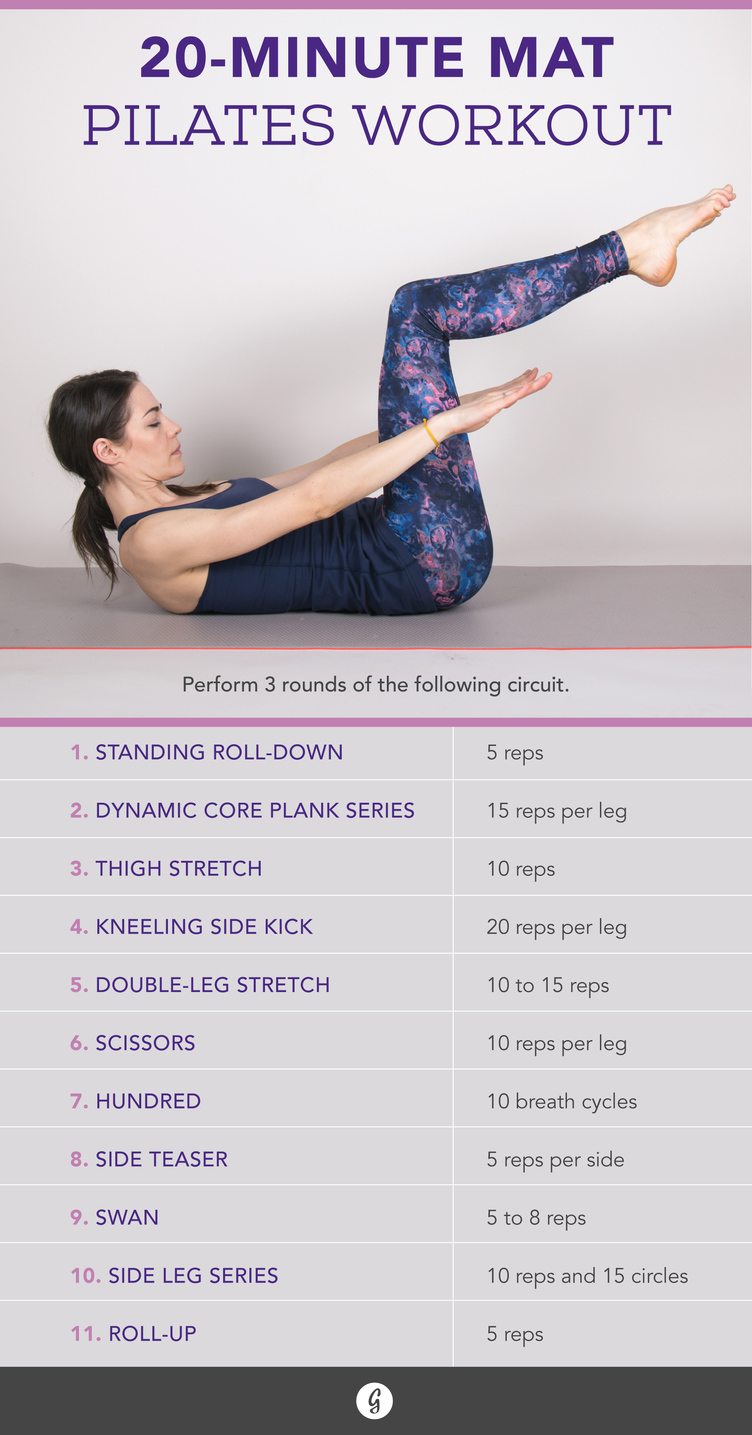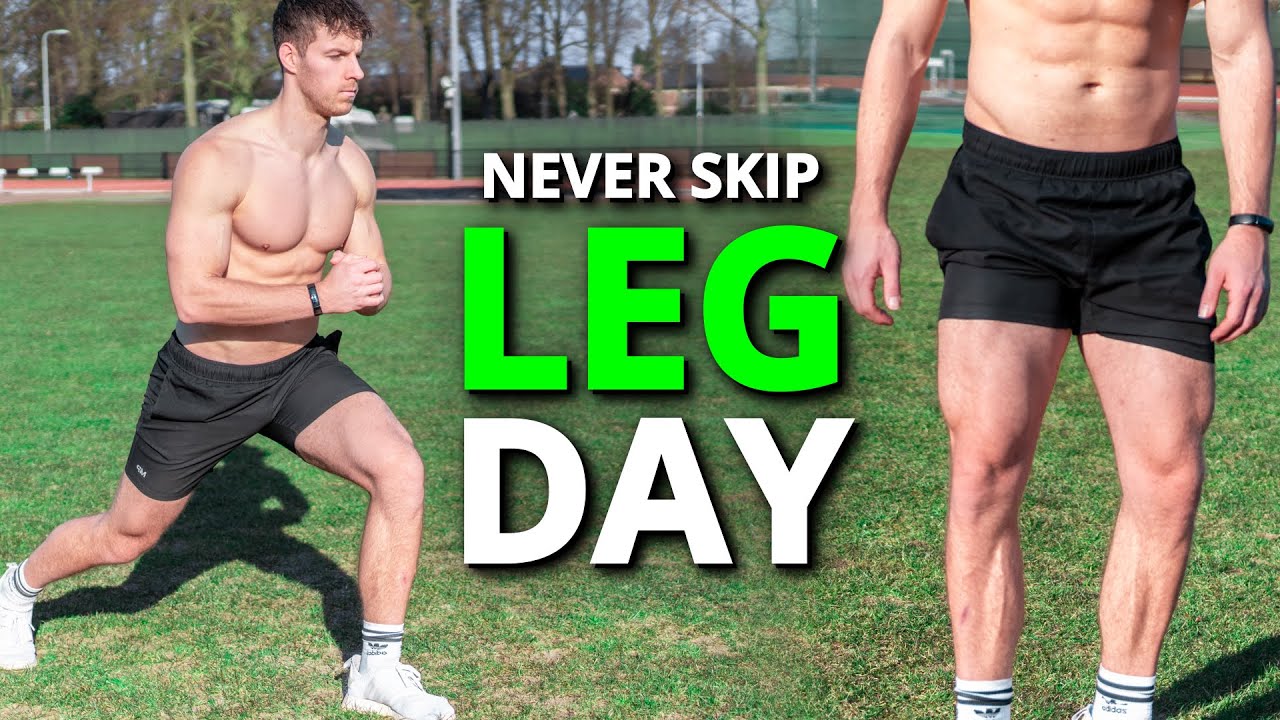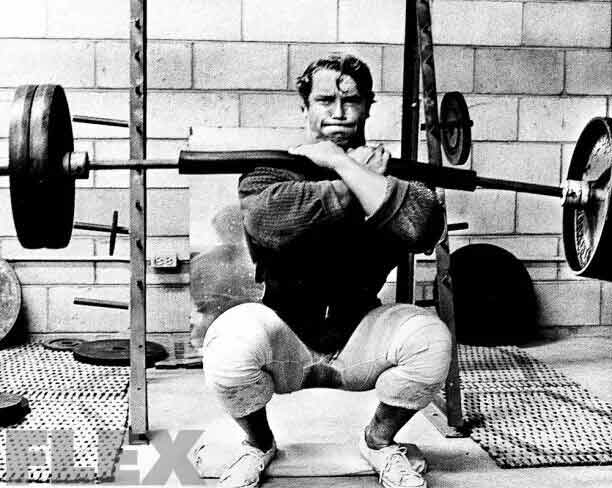Pilates leg workouts focus on building strength and flexibility in the lower body. These exercises often utilize body weight or Pilates equipment for resistance.
Pilates is a fitness system that combines physical exercise with a focus on mental wellness, emphasizing proper postural alignment, core strength, and muscle balance. Engaging in Pilates leg workouts is an excellent way to sculpt and tone the legs while also improving overall stability and mobility.
Ideal for individuals of all fitness levels, Pilates leg exercises can be easily modified to increase or decrease intensity. Regular practice aids in developing lean muscle and can contribute to better posture and injury prevention. With an emphasis on controlled movements and breathwork, Pilates leg routines support the mind-body connection that is central to the philosophy of this discipline. Starting a Pilates leg workout regimen can lead to significant enhancements not just in appearance, but also in functional fitness and daily comfort.

Credit: www.everyoneactive.com
Key Pilates Leg Exercises
Pilates leg workouts are essential for building core strength and enhancing flexibility. These exercises target multiple muscle groups in the legs, including the calves, thighs, and glutes, promoting improved posture and balance. Engaging in regular sessions can lead to increased muscular endurance and tone, as Pilates principles focus on controlled movements and precise alignment.
Key exercises such as side-lying leg lifts, Pilates squats, and standing leg circles, among others, are designed to challenge the legs in a low-impact yet effective manner. By integrating these workouts into an exercise routine, practitioners can expect a holistic approach to lower body fitness that not only strengthens but also lengthens the muscles, yielding a lean and sculpted appearance.
Building Strength And Stability
Pilates aficionados often explore leg workouts that bolster strength and improve stability. Such exercises can transform your fitness routine, blending core engagement with lower body challenges. By embracing a range of movements targeting various muscles, individuals can experience enhanced coordination and muscular endurance.
Key to success with Pilates is the consistent practice of these workouts, ensuring movement precision and breath control are prioritized. The beauty lies in the adaptability of Pilates; from beginners to advanced enthusiasts, modifications are available to suit different skill levels.
Integrating these leg-focused routines into your regular fitness regimen can lead to noticeable changes in both physique and posture, marking a progression towards a more balanced and resilient body.
Equipment For Pilates Leg Workouts
Diligently sculpting the muscles of your legs can transform your entire physique, and incorporating Pilates equipment into your regimen can amplify these benefits exponentially. Reformer machines, with their unique spring resistance, challenge your lower body as you glide through a range of motions, fostering strength without excessive bulk.
Those preferring a simpler setup often gravitate towards the Pilates ring or bands, which offer versatile resistance training methods that cater to different levels of expertise. Even the humble Pilates mat provides an arena for leg-centric exercises, ensuring a full workout devoid of heavy machinery.
Elevating your leg workout through these Pilates apparatuses not only enhances muscular endurance but also promotes improved posture and flexibility. With consistent practice, your lower limbs reap the rewards of a workout that’s as rigorous as it is refined.
Creating A Pilates Leg Routine
Crafting an effective Pilates leg routine involves understanding the principles of control, fluidity, and concentration. Focusing on lower body exercises, such a regimen strengthens the quadriceps, hamstrings, calves, and glutes. Incorporating a balance of movements that target each area ensures a comprehensive workout.
For best results, consistency is key; integrating these exercises into a regular fitness schedule will promote muscle endurance and improve overall leg health. Maintaining proper form is vital, as it enhances the benefits of each exercise while minimizing the risk of injury.
Tailoring the workout to individual needs and fitness levels allows practitioners to grow stronger at their own pace.
Targeting Specific Leg Muscle Groups
Sculpting the muscles in your legs with Pilates goes beyond mere aesthetics; it’s about improving balance, flexibility, and strength. Through targeted exercises, you can activate different muscle groups, ensuring a comprehensive lower-body workout. Focusing on the quadriceps, hamstrings, calves, and glutes, Pilates leg workouts often combine precision with control, emphasizing the mind-body connection.
Each movement is designed to elongate and tone without adding bulk, which is why Pilates has become a go-to method for those seeking leaner muscle definition. The beauty of these workouts lies in their adaptability: they can be modified to challenge beginners and seasoned practitioners alike.
By engaging the core throughout each exercise, Pilates also offers the added benefit of improving overall stability, ensuring that your leg workout does more than just target muscles—it enhances your entire physique’s harmony and function.
Tips For Proper Form And Alignment
Maintaining the correct form and alignment during Pilates leg exercises is paramount to achieving maximum benefits while minimizing the risk of injury. Engaging your core helps stabilize your body, allowing the limbs to move with precision. Keep your spine neutral at all times—neither arched excessively nor flattened against the mat.
This ensures that your lower back is protected and that the work is effectively targeting the intended muscles. Distribute your weight evenly through your feet when standing or through your sit bones when seated. This balance helps in executing movements with control.
Focusing on your breathing pattern is also crucial; inhale to prepare and exhale as you exert force, which aids in deep muscle activation and enhances your workout’s effectiveness. Remember, synchronizing breath with movement is a fundamental principle in Pilates that supports coordination and endurance throughout each session.
Conclusion
Embrace the strength and flexibility that Pilates leg workouts offer. They’re the ideal blend for toning and sculpting lower body muscles. By incorporating these exercises into your routine, you pave the way for enhanced balance and mobility. Start today and feel the transformation yourself—your legs will thank you.




